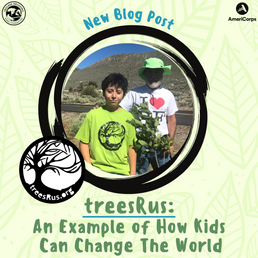Wildlife in the Parks
- Ellen Wilson, Education Coordinator VISTA
- Oct 1, 2018
- 2 min read
Imagine yourself walking along a trail in one of Reno’s many parks, on a warm and sunny day. You spot a beautiful red-tailed hawk take a quick dive at a vole, and fly back up into a tree with its prize in its talons. You walk a little farther and spot a Western Fence Lizard scurry up a log, and you catch a glimpse of its bright blue belly. In the distance, you see three coyotes running, and they stop and turn to look at you.
Wildlife in our parks is common, and can be very exciting for us to run into. When I see an animal, I often grab my binoculars to get a closer look and maybe snap a picture. Another great way to find where an animal has been ,besides seeing them, is to look for scat, tracks or nests. We often have a plethora of wild animals that come into our parks- Steller’s Jays, Great Horned Owls, American Robins, California Ground Squirrels, Garter Snakes, Western Toads, Monarch Butterflies and much more.

A Cooper’s Hawk, seen at one of our Discover Your Parks walks at Rancho San Rafael Regional Park.

A Horned Lizard found at North Valleys Regional Park.

Mexican Free-tailed Bats seen flying near Cottonwood Park.

A honey bee and a spider sharing a rose in Idlewild Park.
I studied Wildlife Ecology and Conservation at the University of Nevada, Reno, so I have a good understanding of how animals function in their individual natural ecosystems. However, it fascinates me when wildlife lives in anthropogenic systems, such as in cities and parks. It seems like for some species, like seagulls and pigeons, they thrive off of human interaction. Unfortunately, for some animals, like horned lizards, the more urban development there is, the less the species thrives. This can make it difficult to decide how to help all the species that share our world with us.
There are some ways that we can be stewards of our environment and actively help wildlife in our local parks: We shouldn’t feed animals, even if they look super cute at our feet asking for food. They can become dependent on the food we provide them and if that dependent food source goes away, the animals will have difficulty feeding themselves and could starve. We shouldn’t leave litter or cigarette butts. Both can pollute soil and water sources, and can not only harm the animals but can harm us as well. Animals have also been found to eat plastic, which can harm their internal organs. Finally, we shouldn’t touch or bother wild animals. It can stress them out or hurt them, and they can also hurt us back by biting or transmitting diseases. It is best to keep our distance and admire them from afar.
Contributing Writer and Photographer: Ellen Wilson, Education Coordinator, AmeriCorps VISTA
Contributor Contact: Ellen@tmparksfoundation.org



































代发外链 提权重点击找我;
google留痕 google留痕;
Fortune Tiger Fortune Tiger;
Fortune Tiger Fortune Tiger;
Fortune Tiger Slots Fortune…
站群/ 站群;
万事达U卡办理 万事达U卡办理;
VISA银联U卡办理 VISA银联U卡办理;
U卡办理 U卡办理;
万事达U卡办理 万事达U卡办理;
VISA银联U卡办理 VISA银联U卡办理;
U卡办理 U卡办理;
온라인 슬롯 온라인 슬롯;
온라인카지노 온라인카지노;
바카라사이트 바카라사이트;
EPS Machine EPS Machine;
EPS Machine EPS Machine;
EPS Machine EPS Machine;